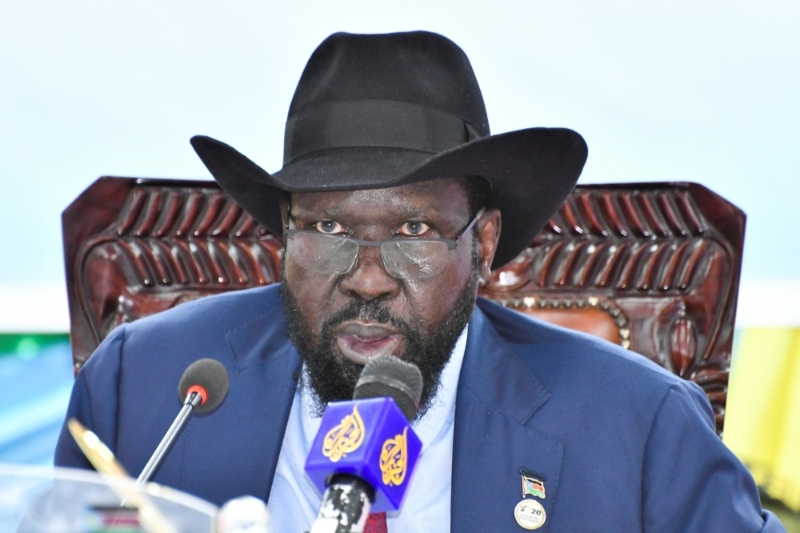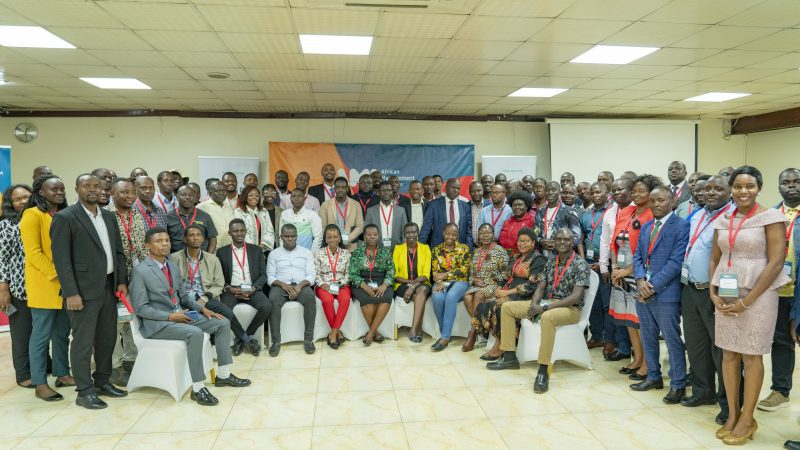Opinion: Daniel Ddiba
At the 13th Gulu University graduation ceremony on 13th January 2018, the First Lady and Minister of Education, in a speech read for her by Hon. Jacob Oulanyah, castigated universities for having very “theoretical” teaching as opposed to “practical” teaching. Understandably, her comments were made in an effort to guide universities to have teaching methods that are more relevant towards increasing employment in the economy. However, I am compelled to address a mis-conception that is wide-spread whenever such comments are made about Uganda’s higher education system with respect to the “theory versus practical” argument.
It is indeed true that Ugandans have very high expectations of our country’s university system. These expectations are justified given the huge investment, both in terms of money and otherwise, that parents and students put in higher education. Dr. Louis Kasekende, the deputy governor of the bank of Uganda, once estimated that it takes about UGX 17 million (US$ 4800) to take a student though a typical university education in Uganda, considering tuition and living expenses (a). This is a huge sum considering that a typical Ugandan earns just US$ 580 every year on average (b). Given the high levels of unemployment in the country, many indeed wonder if university education is worth it. Some recent estimates indicate that 62 out of every 100 young people between 18 and 30 years of age are unemployed (c), while employers say that 63% of the graduates they hire are not skilled enough for the jobs (d).
For this reason, many people are often quick to conclude that university education in Uganda is inadequate and more “theoretical”, rather than “practical”. In my opinion however, theoretical versus practical is not the problem we must deal with. Our biggest problem is that university enrolment has grown at a rate much faster that the rate of growth in the economy, no wonder there are only 8,000 jobs to go around for the 40,000 graduates every year (e). Consequently, we have more people taking on university education than we can accommodate within our economy. In 2015, we had 185,315 students enrolled in universities, compared to only 87,963 in Business, Technical, Vocational Education and Training (BTVET) and other tertiary institutions (f)!
To illustrate why this is a problem, I will use an example from within the engineering/construction field. For a simple 5-storey building project, a client may typically need just one architect, a mechanical/electrical/plumbing (MEP) engineer, a quantity surveyor, a land surveyor perhaps and two civil engineers (a structural engineer for design and a site engineer to manage the construction process). All these 6 will need university level education to function in their roles, as per the current laws of Uganda governing the construction industry. On the other hand, the same building will need not less than 50 carpenters, steel-workers, masons, electricians, plumbers, glaziers, plasterers and painters, all of who need no more than a couple of years’ training in a vocational institution to be able to do an excellent job. So, it a ratio of 6 to 50, and this is not to mention the fact that for example, an architect can work on several buildings at the same time while a mason can only be occupied on one site at a time. This illustration could be applied to several other fields with similar conclusions. If one is to take the enrolment numbers in universities versus other tertiary institutions as representing the kind of human resource training we have in the country, then it is easy to see why we have such a huge unemployment problem. Part of it is due to the imbalance of enrolment in our institutions.
Now obviously, universities should not be turned into vocational institutions, even though that is the idea of training that many Ugandans have when they front the “theory versus practical” argument. Universities by their very nature are supposed to be knowledge generating institutions that create solutions to the problems facing their local (and increasingly, the global) community. To generate knowledge, one needs to have a grasp of the already-existing body of knowledge and guess what that’s called…theory; the science (or art?) of “why things are the way they are” or “why things are done the way they are done”. To expect universities to concentrate more on teaching “how, where and when to do things”, which is what practice is, would be to burden them with a role that vocational institutions should be doing instead. If by “be more practical” we mean that more and more mechanical engineering graduates of Makerere should be able to repair cars, instead of being able to invent new types/models of cars then we are mistaken. Of course, it is anyone’s guess how many car mechanic jobs we have in the country as opposed to “car inventor” jobs.
To reduce the unemployment challenge, I suggest that we revamp BTVET institutions and increase enrolment in them while reducing enrolment in universities, so our human resource training system mirrors the reality that is in the economy. After all, surveys have shown that of all Ugandan graduates, only 5 out of every 10 are employed in university-level jobs (g). High graduate unemployment is not unique to Uganda. Even countries in Europe struggle with several young people who have master’s degree but no jobs, except for Germany which has a dual education system with a strong emphasis on vocational education and apprenticeships (h). Germany presently has an enviable 3.4% unemployment rate (i)!
While increasing enrolment in BTVETs and reducing that in universities, we must make effort to improve the quality of training in both and we have to be prepared to make the necessary financial investments for this, even though not all improvements automatically require money. Students being trained in BTVETs need to be equipped with the business and digital skills necessary to compete in an increasingly globalized economy so that they are highly productive while universities must increase the funding for research and innovation so that there are well equipped labs to stimulate activity-based learning for students. The endless strategic plans we have created over the decades have to be followed up with action, not with more volumes of strategic plans.
Obviously, the improvement in our education (or human resource development as I prefer to call it) can’t be made by government alone. Raising the standard of our human resource and making sure it matches the needs of our economy is the responsibility of us all. For example, parents should realize that there are many more options for creating a career, other than simply going to university for a 3-year degree. Children should be encouraged to explore all avenues of their creativity and talents through alternative career paths, so that they are not set-up for a job-less future. I know a young man who was forced to join Makerere for a surveying degree when all he wanted was to join a Teacher Training College and teach kids. He eventually quit after just a year!
The private sector also must take on a more active role in shaping the country’s human resource training through more intentional internship and apprenticeship programs as well as other creative university-industry collaborations. For example, many students at universities do final year projects/theses on pipe dream ideas and end up with reports gathering dust on the library shelves yet they could have worked on more specific and relevant topics with local companies. So far, I’m not yet aware of local companies that are actively seeking out university students to collaboratively work on thesis topics, yet this would be an avenue for equipping students with relevant skills and real-world experience while at the same time generating knowledge for solutions to some of the pressing needs in local companies. I am glad that this issue of university-industry cooperation was raised in the minister’s speech. Indeed, there are several avenues for improving outcomes of our universities so as to curb unemployment, some of which I have explored above. However, turning our universities into vocational institutions is one of them.
Daniel Ddiba is a Civil and Environmental Engineer. He blogs at www.danielddiba.wordpress.com











